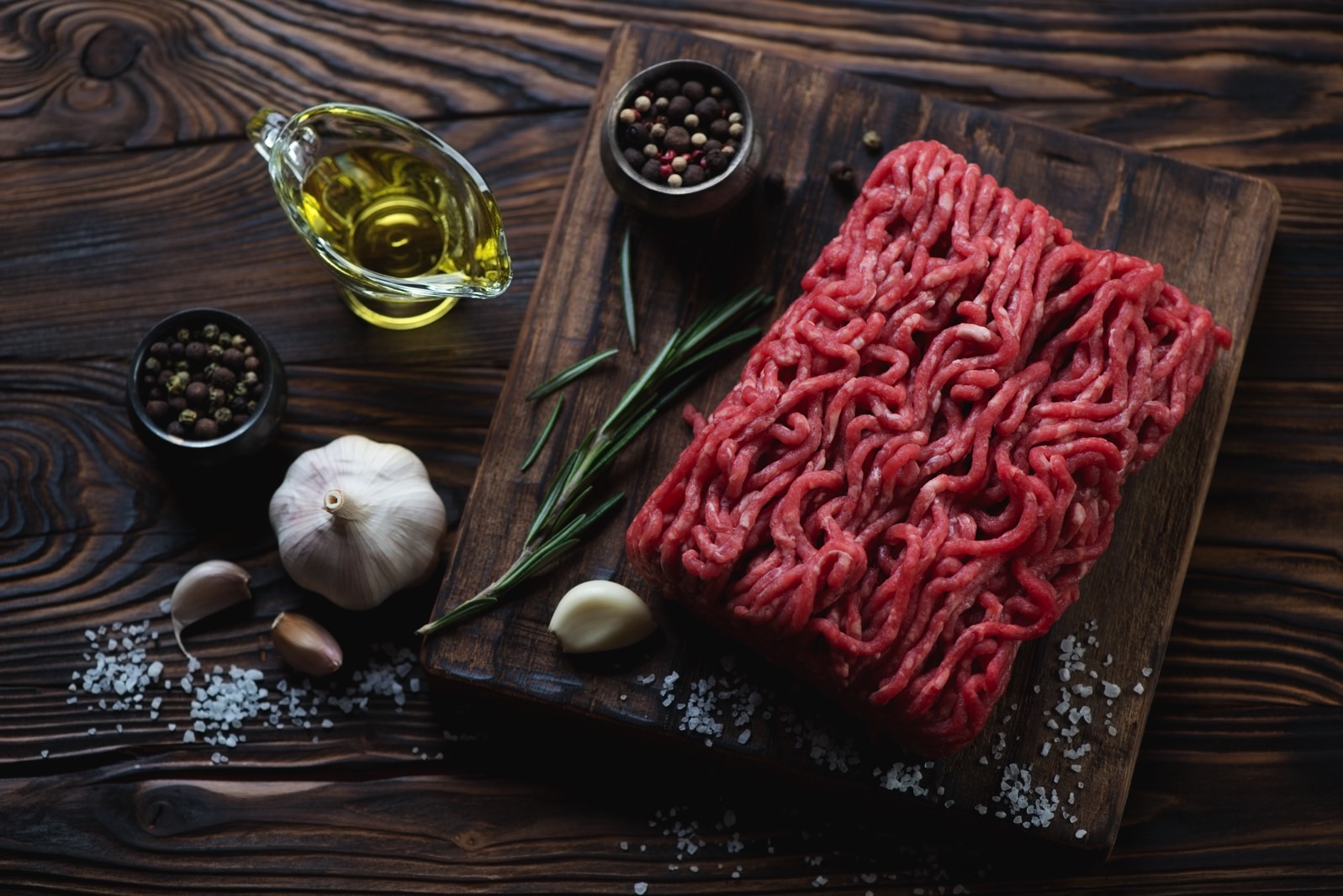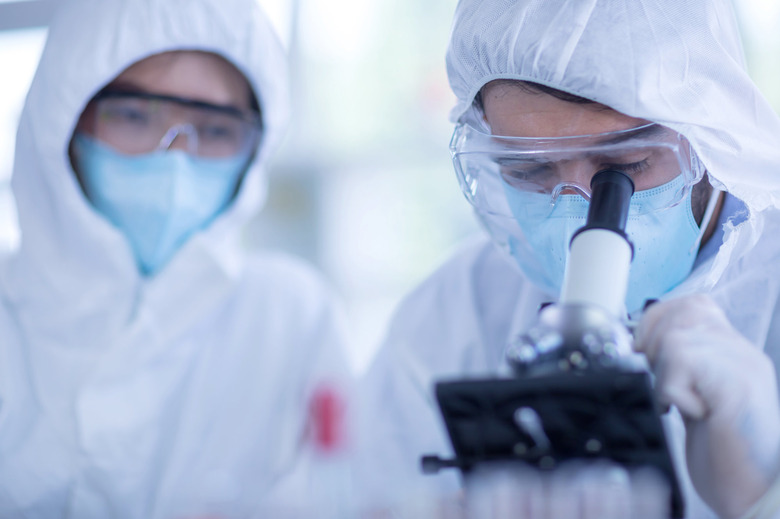Japanese Scientists Created Plant-Animal Hybrid Cells That Make Their Own Energy From Sunlight
A group of researchers in Japan have made quite the breakthrough. According to a new study published in the Proceedings of the Japan Academy, Series B, these scientists have created solar-powered tissues that could revolutionize the production of lab-grown meat and organs.
The cells driving the tissue are a plant-animal hybrid that can gain energy from sunlight in the same way that plants do, the researchers explain in the study. Both animals and plants derive energy using different methods. Plants use photosynthesis, while animals rely on mitochondria.
Researchers hoped that they would be able to take plant cells and combine them with animal cells—in this case, cells taken from hamsters. The goal here was to isolate chloroplasts from plants and then cultivate them with the hamster cells so that they would become hybrid cells and hopefully grow into solar-powered tissue.

After two days of cultivating in the lab, the researchers checked to see if the animal cells had taken up the chloroplasts by checking for signs of chlorophyll. To do this, they shone a specific type of laser on the cells—as chlorophyll shows up under certain wavelengths of light.
To the researcher's surprise, the chlorophyll and chloroplasts were visible inside the hamster cells. Additionally, they used another technique called amplitude modulation fluorometry to confirm that the chloroplasts were indeed performing photosynthesis. What's even more impressive is that the solar-powered tissue appeared to grow faster than regular hamster cells.
This is the first time that photosynthetic electron transport in chloroplasts has been implanted in animal cells, too, one of the authors of the study, Professor Sachihiro Matsunaga, told New Atlas. The researchers believe this could help increase the potential growth of new organs and lab-grown meat, something scientists have been desperately trying to figure out for several years now.
